Survival in the Snow: Unraveling Alpacas Remarkable Adaptation to Cold Climates
Ever wondered if alpacas like snow? I’ve spent years studying these fascinating creatures and I’m here to share some insights. Alpacas, originating from the Andean mountains, are no strangers to cold climates.
However, it’s not just about their origins. These fluffy creatures have certain traits that make them quite comfortable in snowy conditions. Let’s delve into the world of alpacas and snow, and discover what makes them tick.
Key Takeaways
- Alpacas, native to the harsh environments of the Andean Mountains, have evolved to be comfortable in cold weather and snow due to natural selection and adaptation processes over millennia.
- The alpaca’s dense fur provides efficient warmth and moisture wicking, enabling them to stay dry and warm in snowy conditions.
- Alpacas have a compact body structure which helps in minimal heat loss, therefore maintaining their body temperature more effectively than larger animals.
- Apart from their physical adaptations, alpacas showcase behavioral intelligence, knowing how to find natural shelter from harsh weather or huddle together for warmth.
- Alpaca fur, or fibre, is one of nature’s warmest insulators and has moisture-wicking properties, which makes it highly valued for use in clothing and blankets.
- These creatures use snow as a crucial water source during harsh winters, further showcasing their adaptability to snowy environments. Alpacas have the ability to adjust their water consumption patterns according to seasonal changes.
Alpacas and Their Origins
Let’s rewind the clock to learn more about where these snow-loving creatures come from.
Alpacas are native to the Andeans, specifically in Peru, Ecuador, Bolivia, and Chile. These high-altitude regions are known for their severe winters which likely played a major role in why alpacas have adapted so well to the cold.
On these mountainsides, weather conditions can be exaggerated. Daytime might be beautiful, mild, and sunny, but the nights are harsh with cold winds whipping over the peaks. The Andean mountain range is indeed a place where snow and frost aren’t merely visitors; they’re constant companions.

Alpacas have called this region home for thousands of years, their bodies evolving to handle everything the Andes could throw at them. Native peoples in the region domesticated alpacas as early as 5000 B.C, with the animals being highly valued for their wool and meats.
Interestingly, alpacas were almost pushed to the brink of extinction in the 1500s following the Spanish Conquest. These invaders viewed the alpacas as a threat to their own livestock and tried to eradicate them completely.
Thankfully, alpacas survived these dark times. Some quick-thinking Andean folks moved a herd of alpacas into remote and harsher areas where the Spanish settlers found it difficult to reach. This strategic move not only saved the alpacas but also led to their further adaptation to extreme environmental conditions.
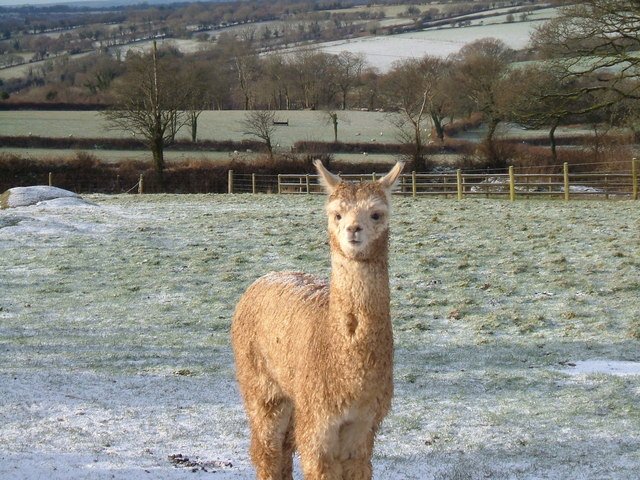
So, who can blame alpacas for being so comfortable in snow? Their history and ancestral home say it all. It’s not just a preference for them; it’s simply in their DNA.
Cold Climate Adaptation
Let’s delve into how alpacas have evolved to cope with frigid climates, which makes their affinity for snow clearer. If we start at their very core, it’s the alpaca’s unique DNA that has carried the adaptive traits through generations.
It’s necessary to get a good understanding of the physical adaptations that alpacas have developed. First, consider their dense fur. This attribute not only provides warmth but also efficiently wicks away moisture, keeping the alpaca dry in wet and snowy conditions.
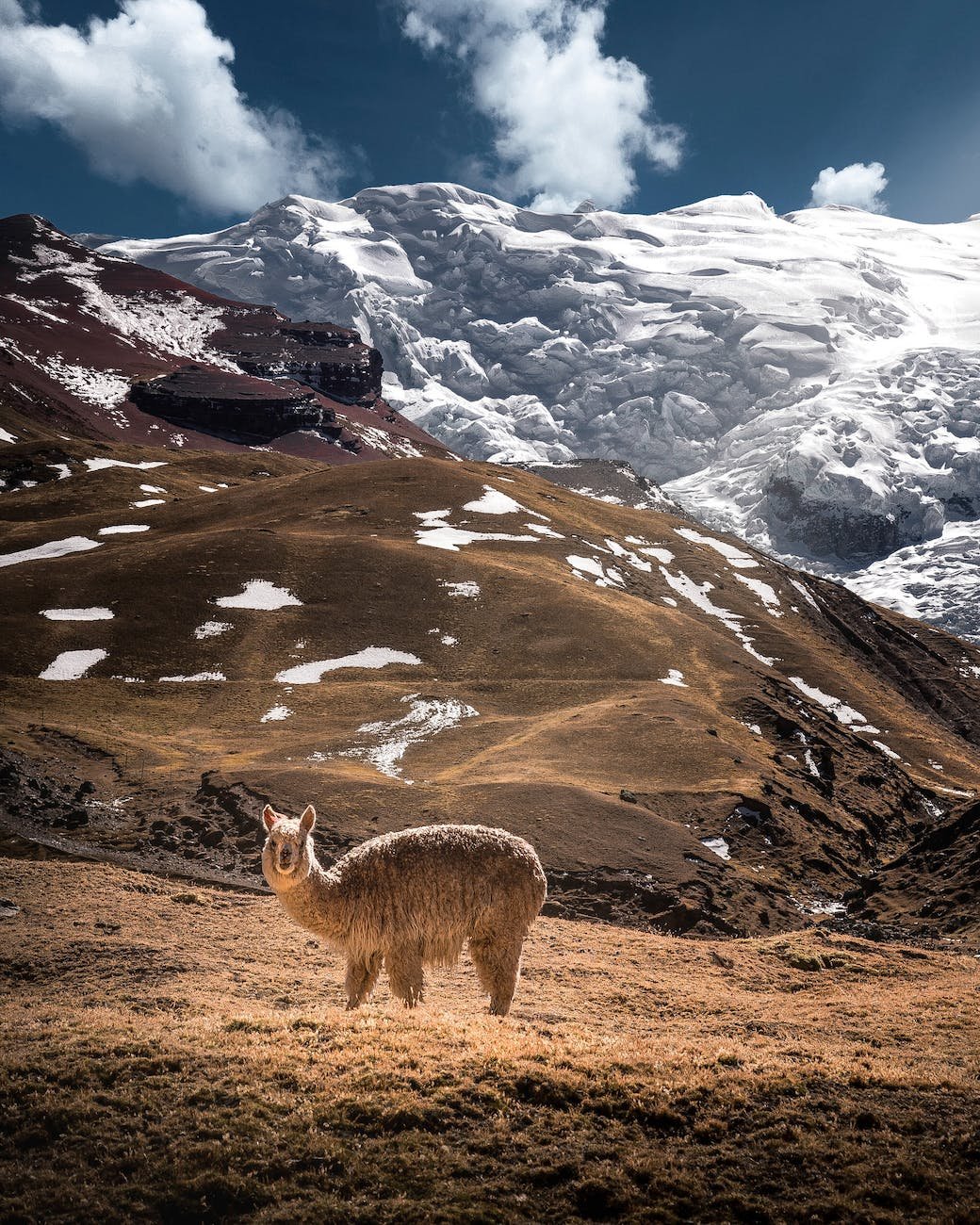
Alpacas’ body structure also contributes to their cold weather resilience. They have a compact build with short limbs, which helps minimize heat loss. The increased volume to surface area ratio enables alpacas to maintain body heat more effectively than larger, elongated animals.
Let’s look at some hard data that I have gathered around “average temperature tolerance” for alpacas. It’s quite impressive, as laid out in the following table:
| Temperature Range (°F) | Alpacas Comfort Level |
|---|---|
| 20 to 60 | Comfortable |
| Below 20 | Can Tolerate |
| Below 0 | Need Shelter |
By delving into their behavioral adaptation, we get to understand how intelligent these animals are. Alpacas instinctively know how to find shelter from harsh weather, making use of natural terrain features like trees and rocks. If one is unavailable, they’ll huddle together for warmth.
All these factors combined paint a clear picture of why snow brings a sense of familiarity, rather than adversity, to alpacas. Their physical and behavioral traits are geared towards braving the cold and staying comfortable even in snowy conditions.
Moving on from their adaptive features, it’s important to highlight the array of usage that alpaca fur has found in human societies. The fur’s insulating properties did not go unnoticed by the indigenous people who domesticated alpacas; they put it to good use as warm clothing and blankets. The recognition and demand for alpaca fur have since spread far beyond the cold mountains of the Andes.
Alpacas Natural Insulation
Delving deeper into the unique physical characteristics of alpacas, I must emphasize their built-in insulation system. This feature, jetted from evolution, has enabled them to comfortably survive in the harsh Andean mountaintops.
Alpaca fur, referred to as fibre, is one of nature’s warmest insulators. It’s dense, lightweight, and provides superior heat retention. Scientists attribute this to the structure of the fibres themselves, which are semi-hollow. This unique structure helps to trap warm air close to the alpaca’s body, providing a natural shield against chilling temperatures.
In addition to the fur itself, alpacas are known for their compact body size. With less surface area exposed to the cold, it facilitates heat conservation – a perfect adaptation to high-altitude environments. The alpaca’s compact structure further enhances the effectiveness of their dense fur, allowing them to weather frosty conditions.
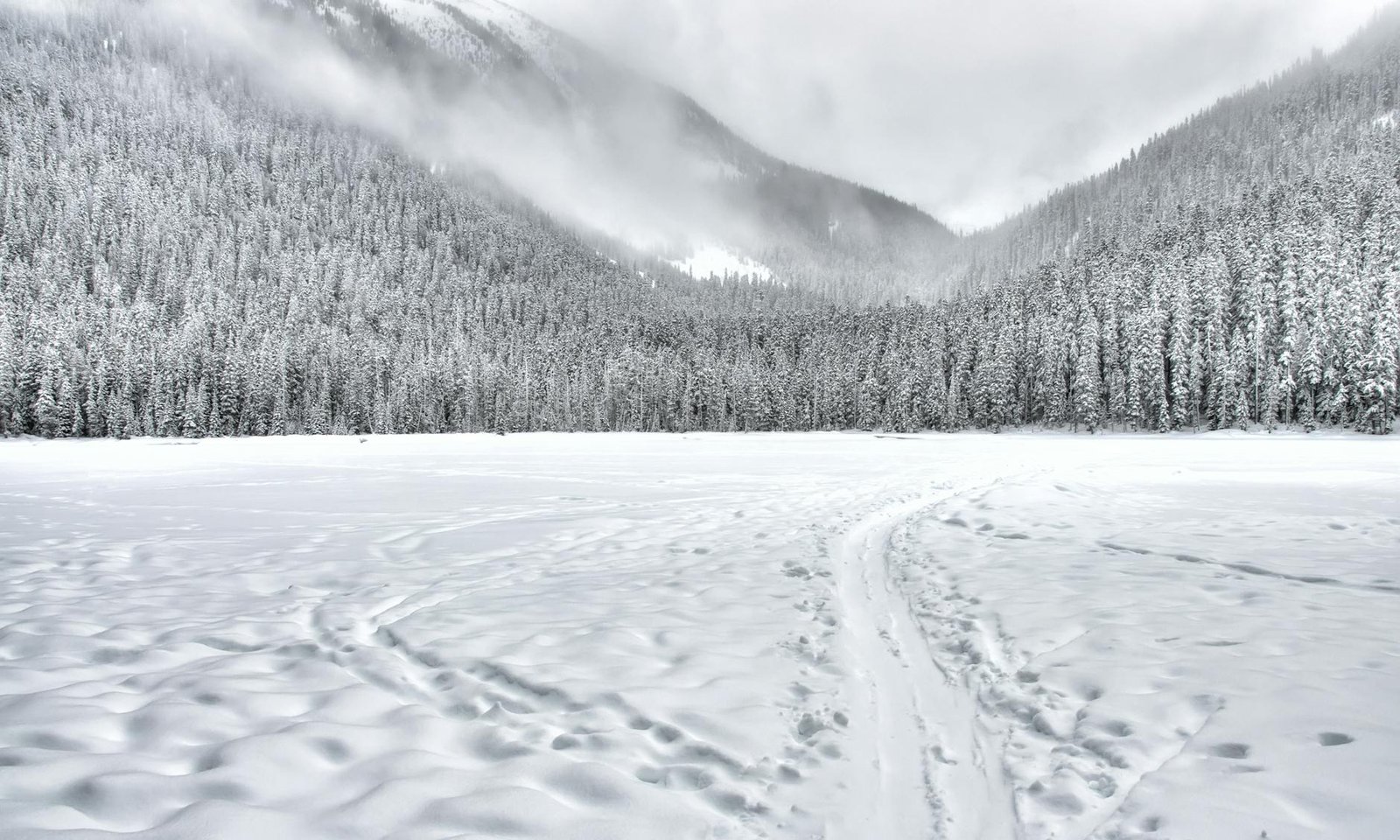
A fascinating part of my research into alpaca insulation is the discovery that the fiber’s incredible warming ability goes hand-in-hand with substantial moisture-wicking properties. Even these enchanting creatures have to deal with sweaty situations! When the weather gets warmer or if they exert themselves, over-heating can be as fatal as freezing. However, alpaca fibers can absorb moisture from the wearer’s skin and evaporate into the air. This natural thermostat feature is something that makes alpaca fur highly-sought in luxury fashion industries across the world.
Isn’t that impressive? Not simply existing, but thriving regardless of the harsh environment or changing weather conditions. Alpacas truly embody the essence of resilience.
Snow as a Source of Water
A distinctive aspect of alpacas’ adaptation to cold climates involves their ability to utilize snow as a source of hydration. These Andean natives have developed efficient strategies to access and consume snow, which radically reduces their dependency on traditional water sources during the cold, dry winters of the high-altitude regions.
In the harsh environment, snow acts as a vital water source for these agile animals throughout long, tough winters. Alpacas are equipped with sharp, pointed teeth which they skillfully use to break and scrape the snowy surface. This enables them to draw fresh water from the snow.
Snow consumption, beyond being a survival tactic, reflects their long-standing symbiotic relationship with the snowy environment. Being natural snow dwellers, alpacas have adapted to consume and derive water from the snow. This distinctive eating behavior has been etched in their natural instincts through generations of surviving in the formidable Andean mountains.
It’s interesting to note that alpacas have a natural recovery behavior when it comes to water intake. They have the ability to adjust their water consumption pattern to the changing seasons. When the rivers and streams freeze over in winter, alpacas increase the amount of snow they consume. As warmer temperatures return, they adapt by increasing their intake of water from natural sources like streams and ponds.
Alpacas are not just unique for their dense wool and prominence in luxury fashion. Their survival mechanisms in the face of harsh environmental conditions are a testimony to their resilience and adaptability. Their ability to make use of snow as a water source is equally fascinating as any other facet of their survival story. This extraordinary ability adds another dimension to their intriguing lives, enhancing their reputation for their incredible hardiness and adaptable nature.
Alpacas’ Behavioral Adaptations
Now let’s delve into alpacas’ behavioral adaptations which play a critical part in their survival amid frigid climates. Remarkably these adaptive behaviors complement their physical characteristics effectively.
Renowned for their survival skills, alpacas have a striking ability to adjust their behavior to the fluctuating environments. Central to these survival strategies is their remarkable ability to consume snow. It’s fascinating to observe how alpacas have evolved to reduce their reliance on traditional water sources during the bitterly cold winters. With their sharp, pointed teeth, they break down the icy surface and extract fresh water directly from the snow. It’s a testament to their evolutionary symbiosis with the snowy terrain.
More than just a winter adaptation, alpacas’ water consumption patterns vary with seasonal changes. As temperatures plummet and water sources freeze over, these creatures increase their intake of snow. However, with the onset of warmer conditions, they revert to drinking from natural sources like streams and lakes.

And here’s the astonishing fact: Alpacas have the incredible ability to control their thirst according to the availability of water. This adaptation not only helps them to manage their water intake efficiently but also reduces their vulnerability to dehydration.
To further drive home the point, it’s worth considering this adaptation in the context of their remarkable wool characteristics. While their fur traps warmth from the body, their consumption of snow provides the necessary hydration. Together, they serve as a perfect illustration of how these charming creatures have evolved to endure the harshest Andean winters.
Taking all of this into account, it’s safe to say that alpacas’ adeptness at using snow as a water resource is an exceptional testament to their adaptability and resilience. Their physical traits combined with these behavioral adaptations put them ahead in the survival game. It’s these unique qualities that make alpacas one of nature’s masterpieces.




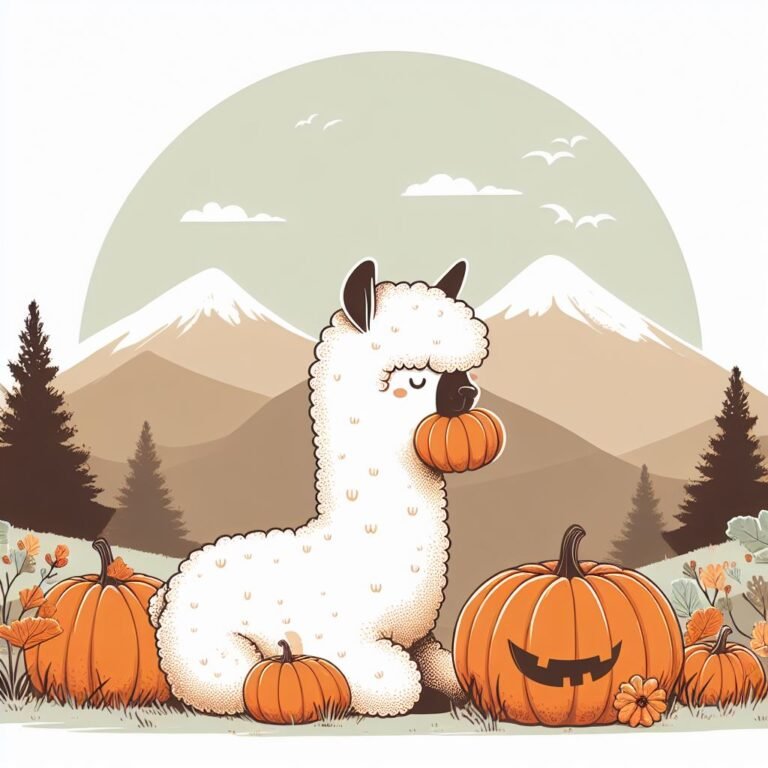


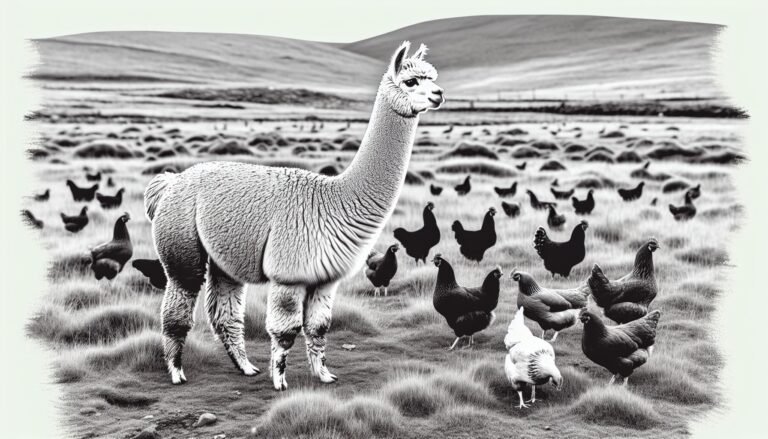
2 Comments
Our picks
Alpaca & Wool Felted Sole Inserts: Comfy Upgrade?
Best Alpaca Socks for Hiking: Ultimate Comfort and Durability on Trails
Best Alpaca Halter for Comfort and Control